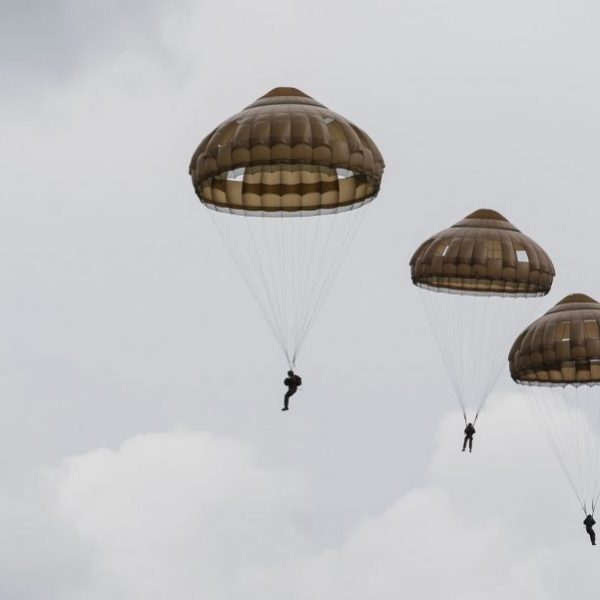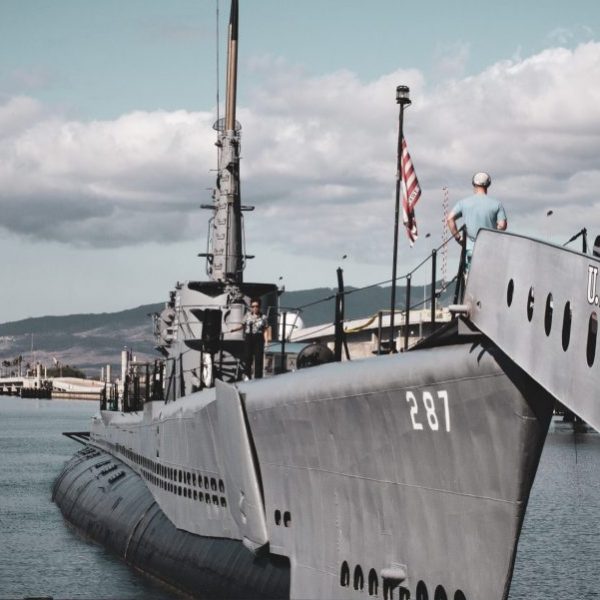To London, with Love: For the Fighter, Not Your Lover
Ivan Lett—
Despite recent posts, I am not inclined to change the title of this column to “War!”, as one e-mail suggestion read…. If I seem stuck on the topic of recent books on World War II, it is primarily because:
- Other WWII books I’ve read never consider a Germanic or Japanese perspective; everything is focused on the British, American, and sometimes Soviet and French experiences of war.
- I never had a full picture of the war in Asia and its consequences.
I noted last week that by December 1941, the Japanese were the runaway military power in a region of the world where Britain’s ability to protect its vast colonial empire was quickly disappearing. That strain opens Frank McLynn’s The Burma Campaign: Disaster into Triumph, 1942-1945, the second of McLynn’s books published this year by Yale University Press, now available in the US. (I couldn’t help but notice that he doesn’t make it past page two in his writing without an allusion to Captain Cook.)
 Part of the Yale Library of Military History, The Burma Campaign—and McLynn—was fondly referred to by one Yale-UK colleague as “one for the boys”, because his narrative spares no detail of action and leaves the disturbing conditions of theBurma campaign to speak for themselves:
Part of the Yale Library of Military History, The Burma Campaign—and McLynn—was fondly referred to by one Yale-UK colleague as “one for the boys”, because his narrative spares no detail of action and leaves the disturbing conditions of theBurma campaign to speak for themselves:
Chungking, battered by years of Japanese bombing, overpopulated, crowded with refugees, insanitary and ill-provisioned, was certainly no Shangri-La, with humid heat in summer and rain and mud the rest of the year. Every night an army of rats appeared, and everywhere was filthy, feculent, noisome and stinking; it was said there were enough bad smells in the city to last anyone a lifetime.
And that was just China. McLynn raises the question of what everyone—the British and Commonwealth allies, the Chinese, the Americans—were doing fighting the Japaense in Burma. Leaving aside how we may take war for granted, please let’s not forget the importance of where a war is taking place. European perspectives on the war and its fighting have left out the physical and economic conditions that made this one of the most astonishing—yet largely forgotten—campaigns in the Second World War, and the longest single campaign fought by the British. McLynn’s story is effectively a biography: through portraits of four main Allied commanders—William Slim, Louis Mountbatten, Orde Wingate, and Joseph Stilwell—he recreates the hectic organizations, difficult relationships, and horrors of warfare that transformed the fighting in the Asian war. Add to this the blocked roads and railways, treacherous serpents of the region, mysteriously disappearing soldiers, even Operation DRACULA, and you’ve got one remarkable adventure tale.
Ivan Lett is Online Marketing Coordinator for Yale University Press.



